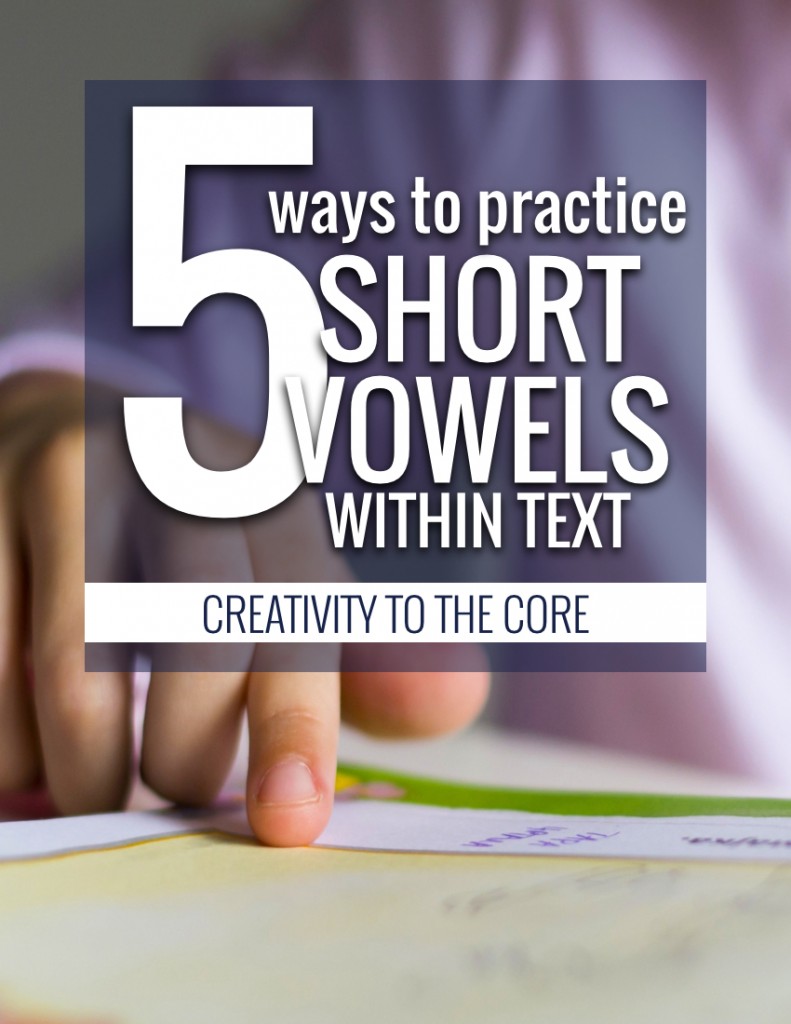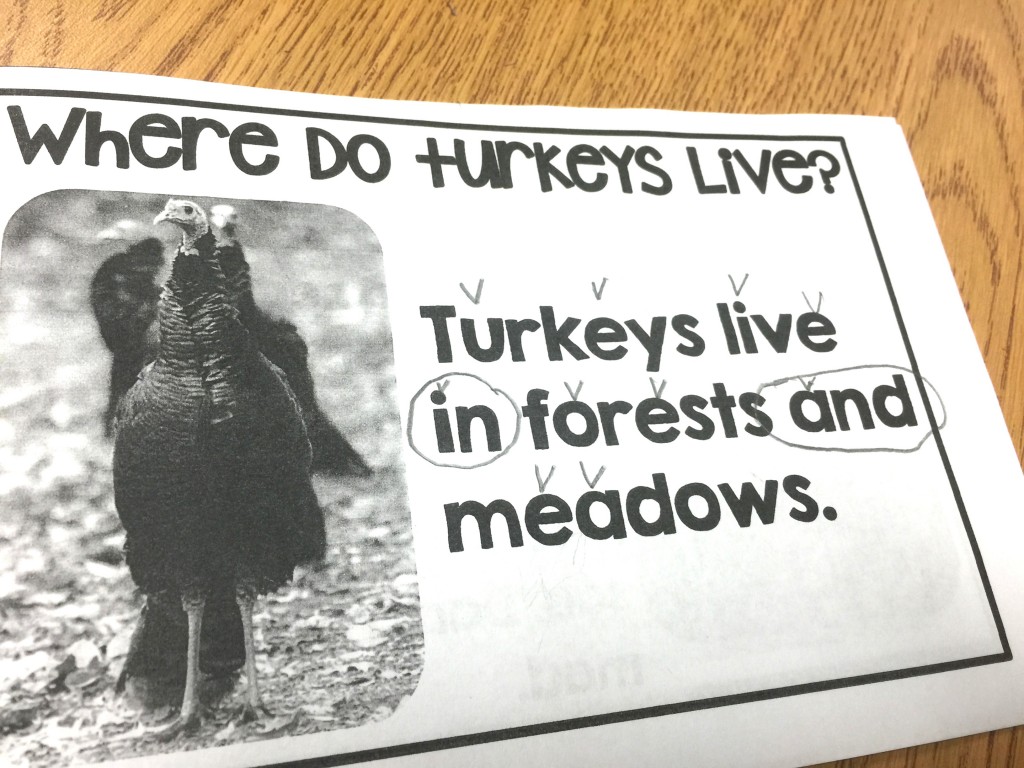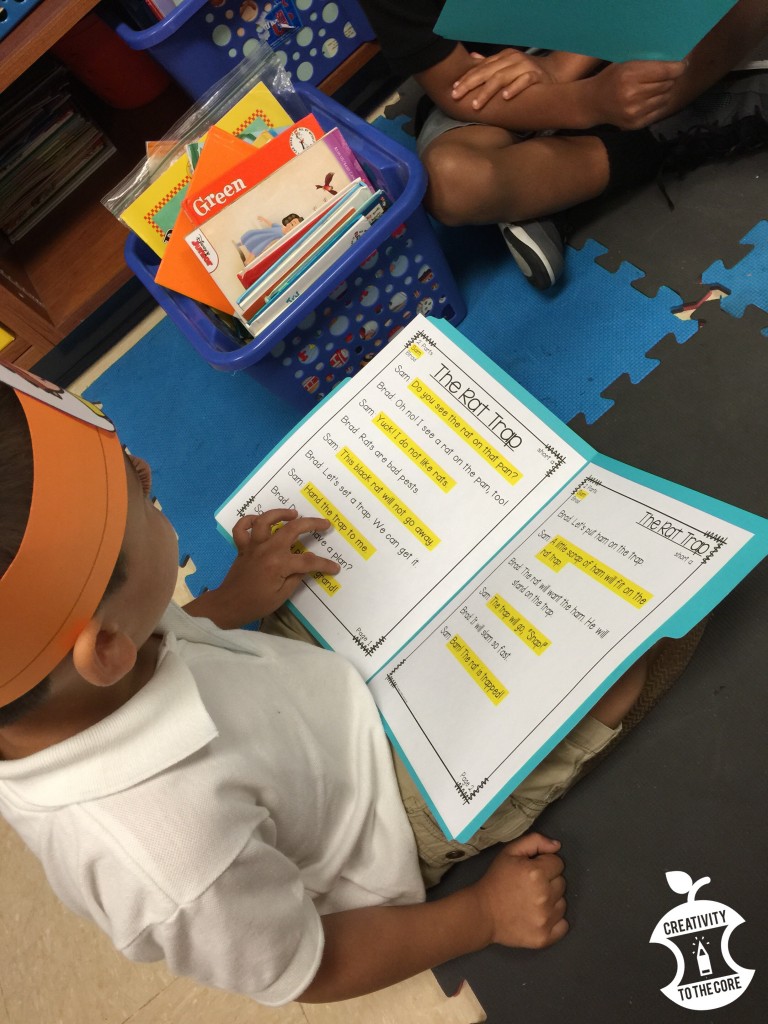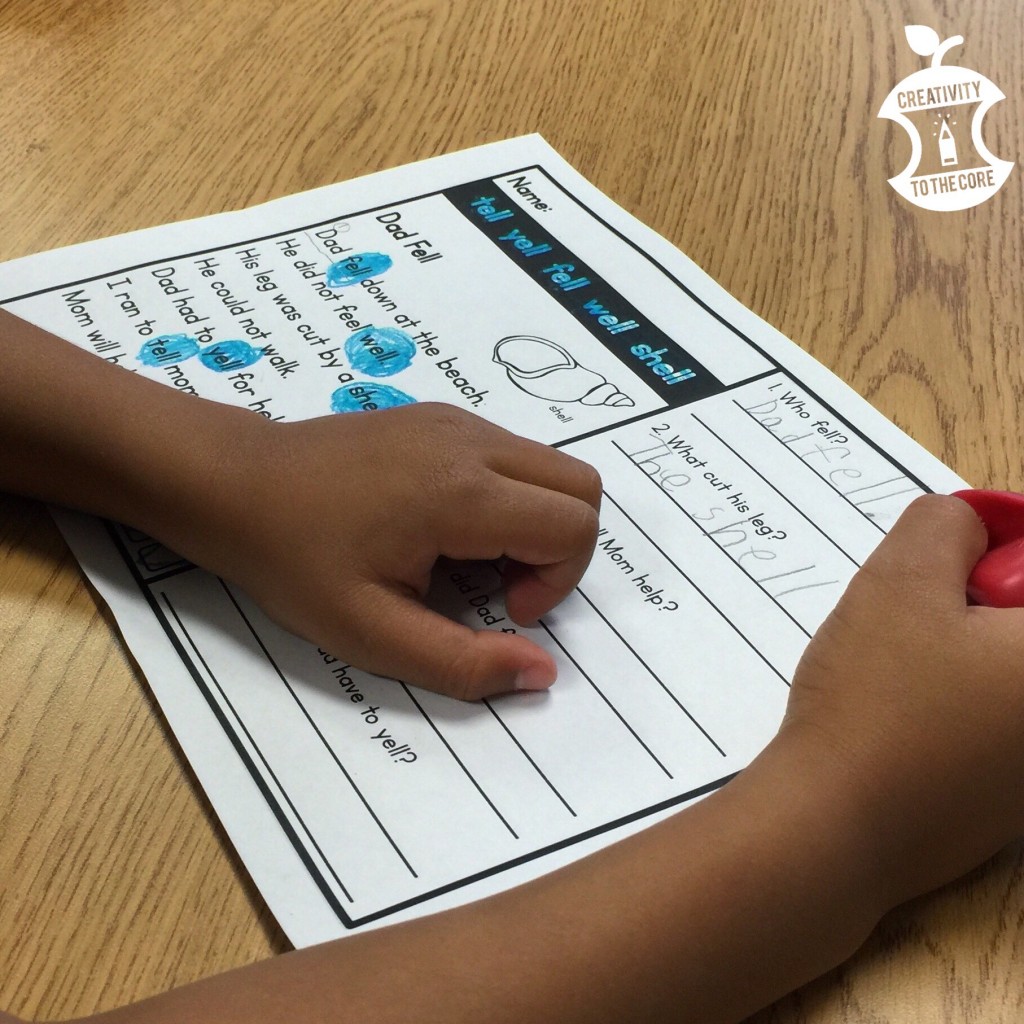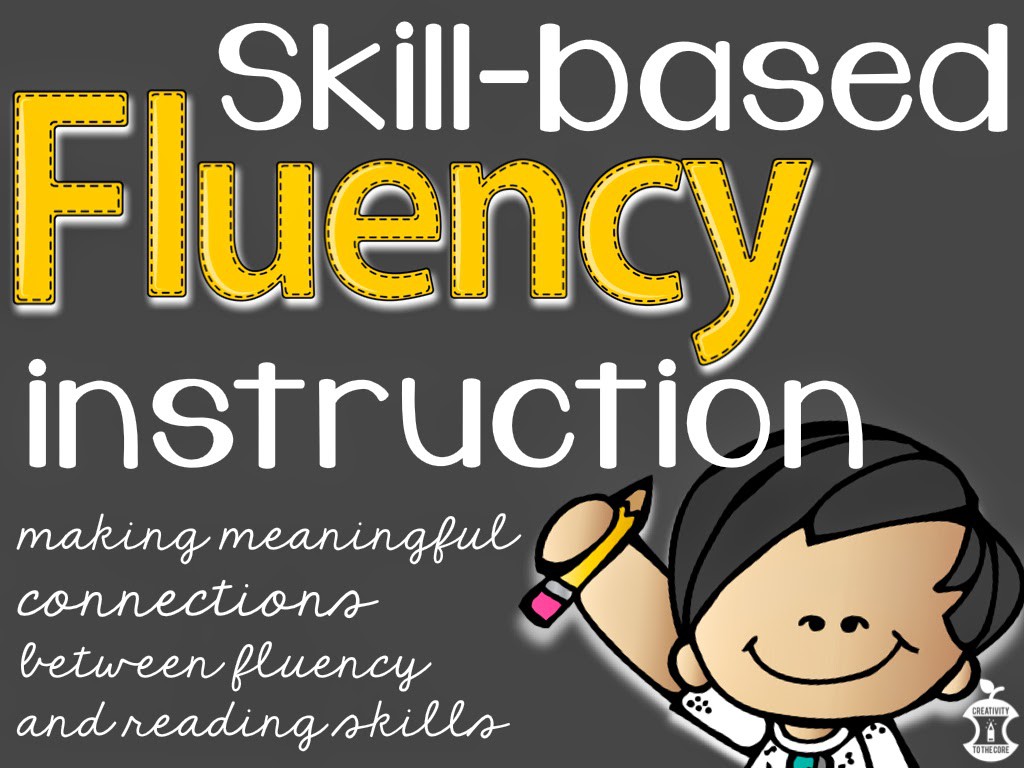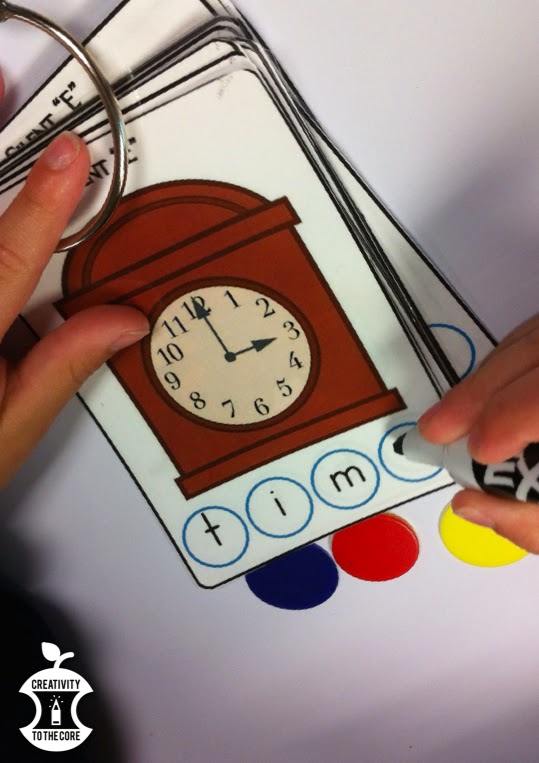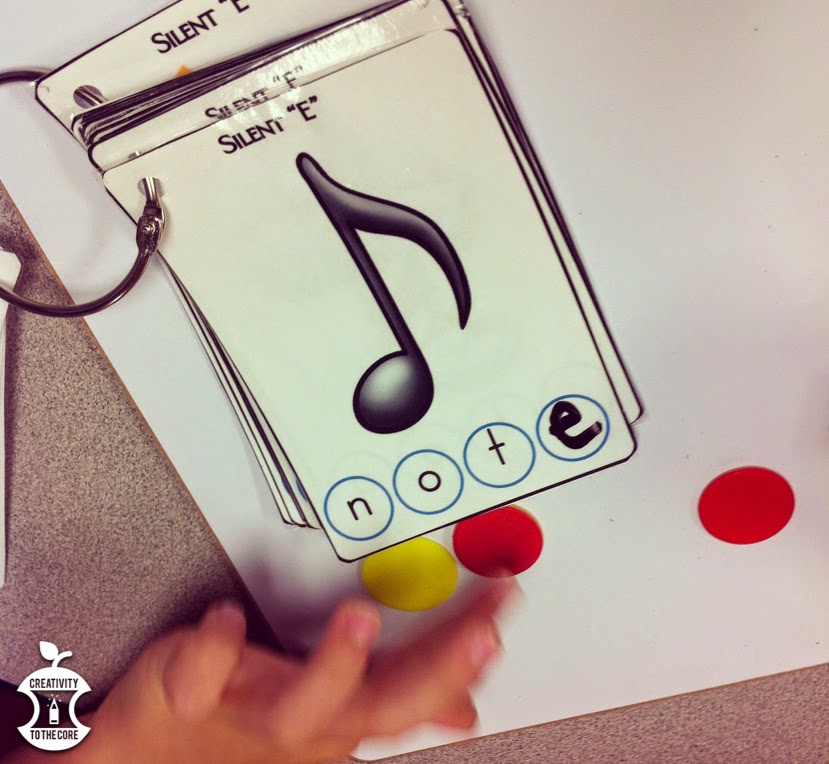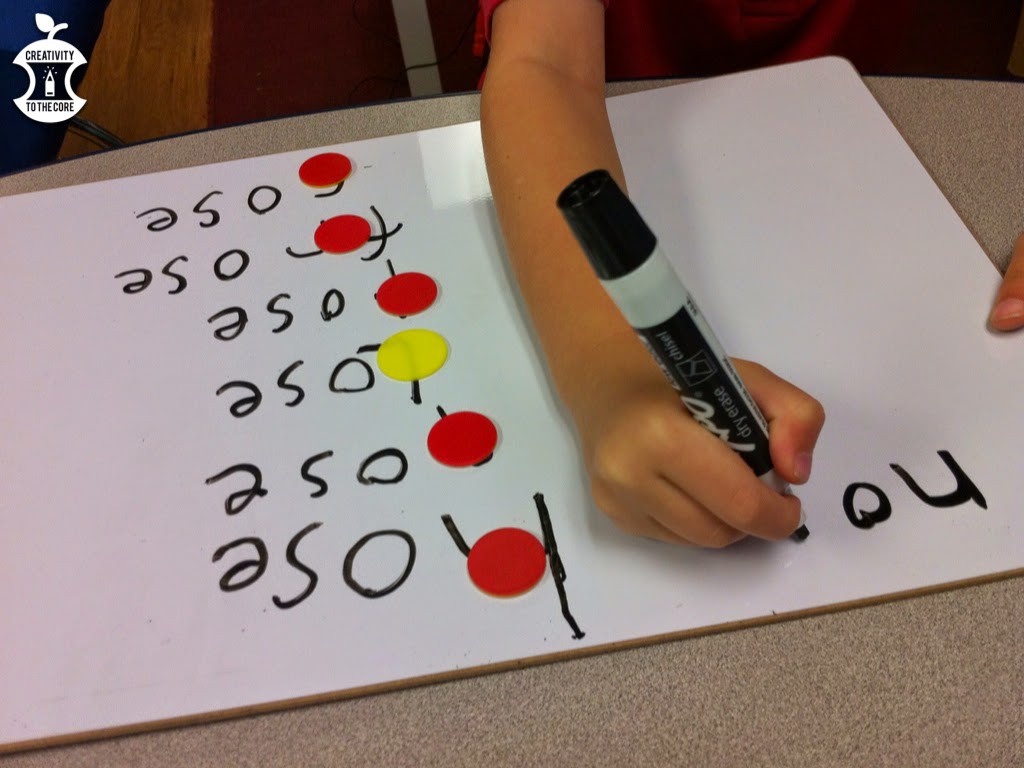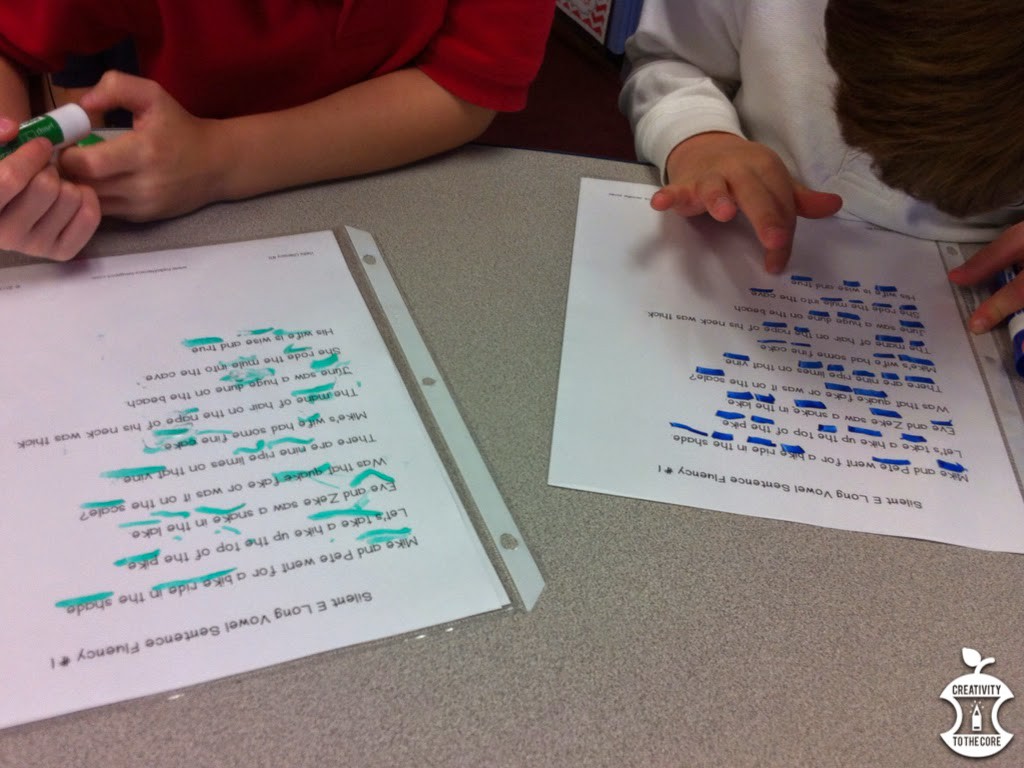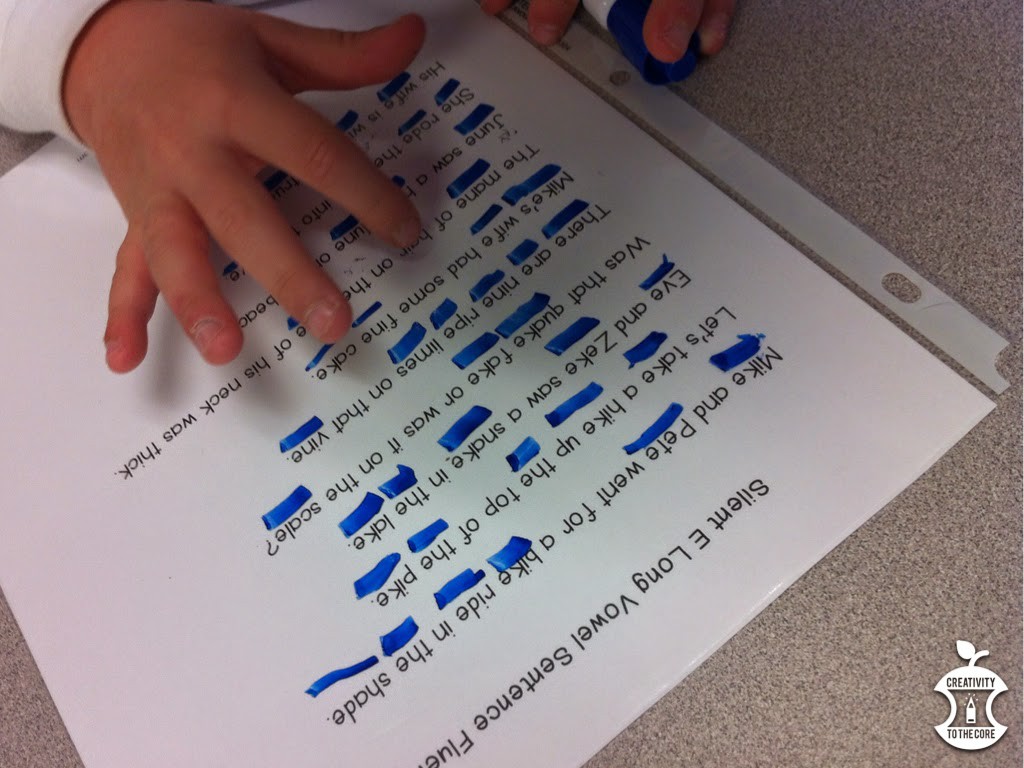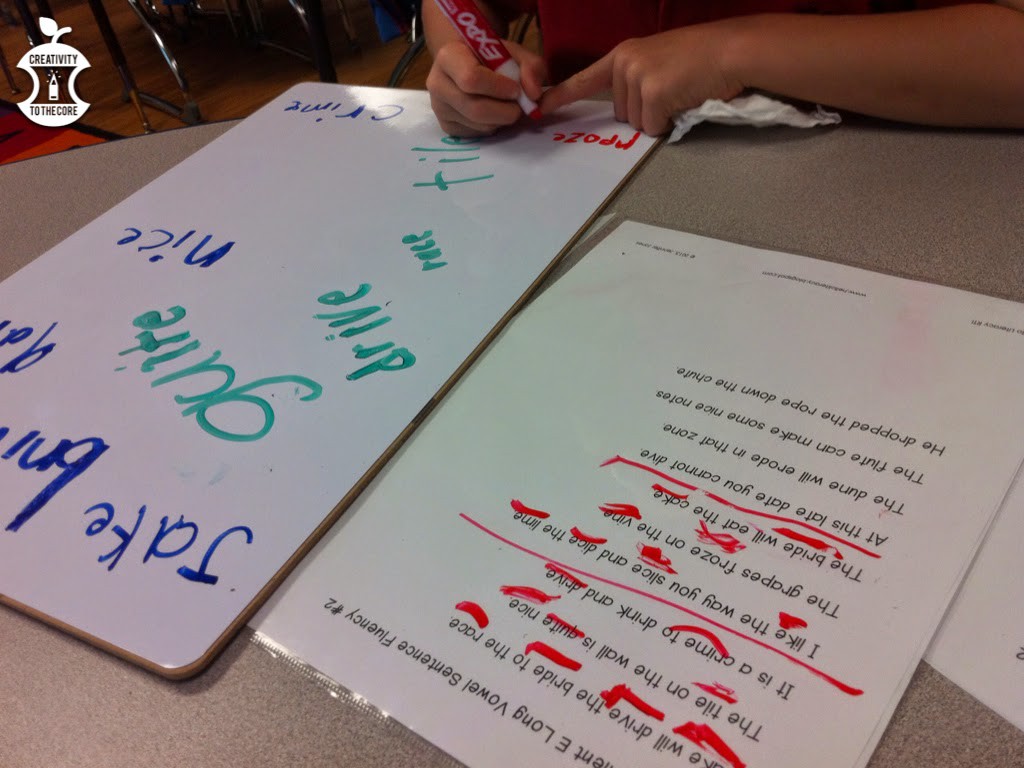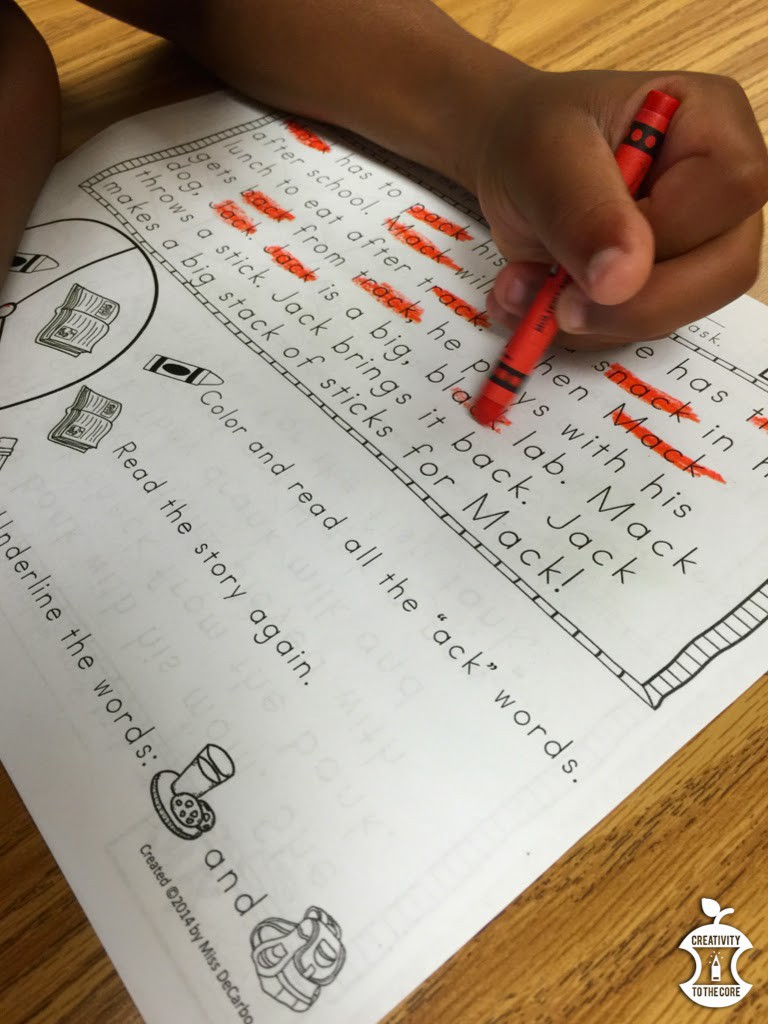Learning short vowel sounds is a critical part of the early reading process. Usually, short vowels are some of the very first sounds children learn. Some students will catch on quickly, while others will need more instruction and review. Here are some fun ways to practice short vowels in a whole group and small group setting so that you will keep your students engaged in purposeful learning!
- Short Vowel Chants – After introducing a vowel, teach your students a chant. Place the words of the chant under a document camera or on a Smart Board so that your students can read while you chant. Practice it many times, add motions to the words, and practice saying words that have that specific vowel sound. Throughout the day, use this chant as a brain break or transition helper. Students LOVE these chants! You’ll even hear them singing the chants throughout the day. Watch our short O chant here.
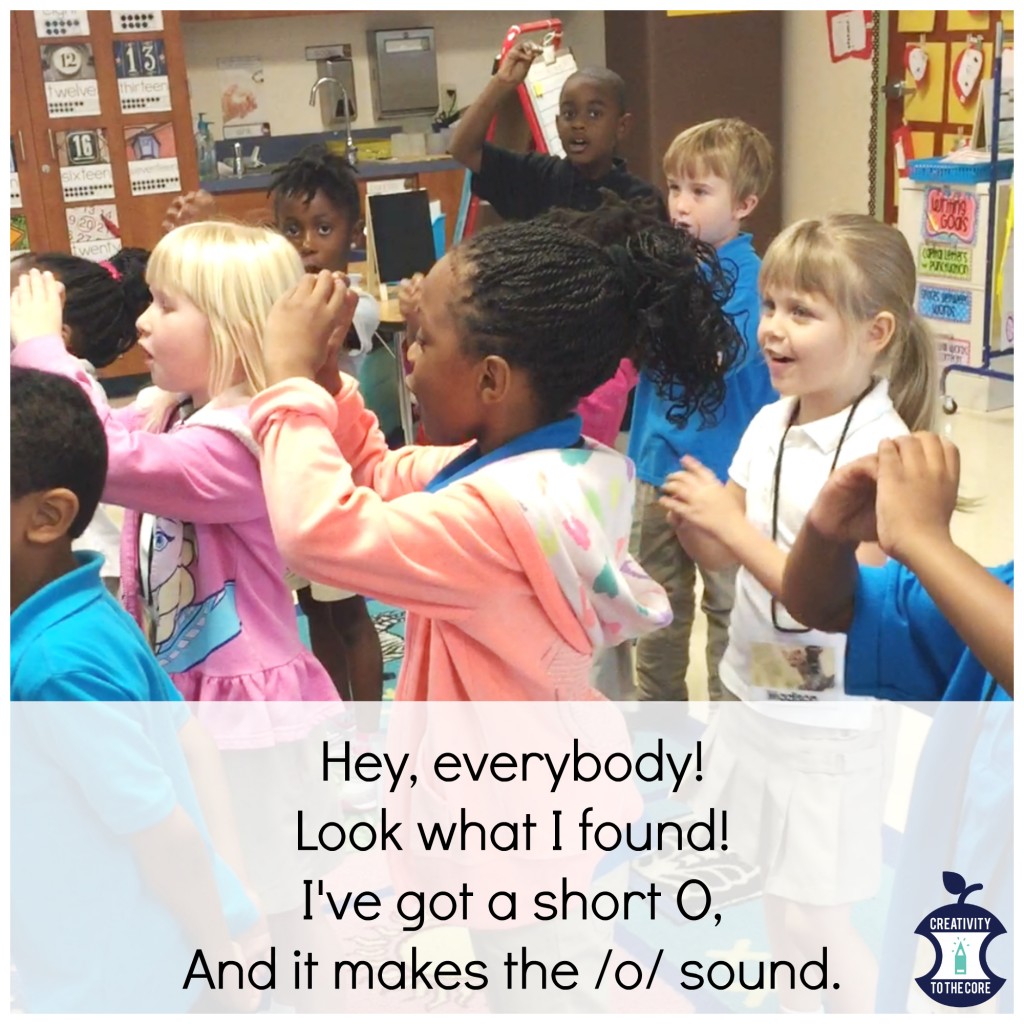
2. Identifying Vowels in Readers – Find easy printable emergent readers or sight word readers online. These texts are perfect because they are normally very repetitive. Even readers that support your thematic units, which are generally less repetitive, are great for this activity. As you read with students, have them identify consonants and vowels. Students mark a “V” over the vowels that they find in any word. Soon, you will see little “V’s” popping up on math assignments and homework pages. You may also allow students to highlight vowels or use the thin post-it notes to mark them. (This turkey reader can be found from A Year of Many Firsts)
3. Leveled Readers with Short Vowels – I was lucky enough to inherit a class set of Harcourt decodable leveled readers. These are gold!!! Each book has three short stories. Each story is only about 5 pages, so students do not get frustrated. The words used in the book are specific to a certain vowel. Usually (at least at the lower levels), the books focus on CVC words. Students are over the moon with excitement when they see vowels that they know and can read! They feel successful. They are engaged in reading the entire time. Happy students. Happy teacher. (If you do not have access to any decodable readers, you can find some online through Amazon or you may even consider creating a Donors Choose project for them.)
4. Short Vowel Reader’s Theater – Use Reader’s Theater scripts that focus on one short vowel sound at a time. Students each take a part and read the script together. This provides speaking and listening practice, as well as, short vowel practice. Use these in small group or in a “Read to Someone” station. Kids are always eager to read a play together!
5. Short Vowel Comprehension Passages – As students begin to master short vowels in isolation and within text, move forward to the comprehension of short vowel words. Use passages that are focused around one rime (an ending like -op in hop) to reinforce the short vowel and rhyming words. Once students decode the passage, begin reading again to fully understand what is going on. Student comprehension is strong when it is not blocked by stumbling over difficult words or unknown vowel combinations. (Reading passages with a familiar repeated rime is not “real world”. This simply gives students confidence when reading so that they are able to have an understanding of what they actually read.)
I hope you can take an idea or two back to your classroom! If you have other ideas on how to practice short vowels within text, share them in the comments below!

